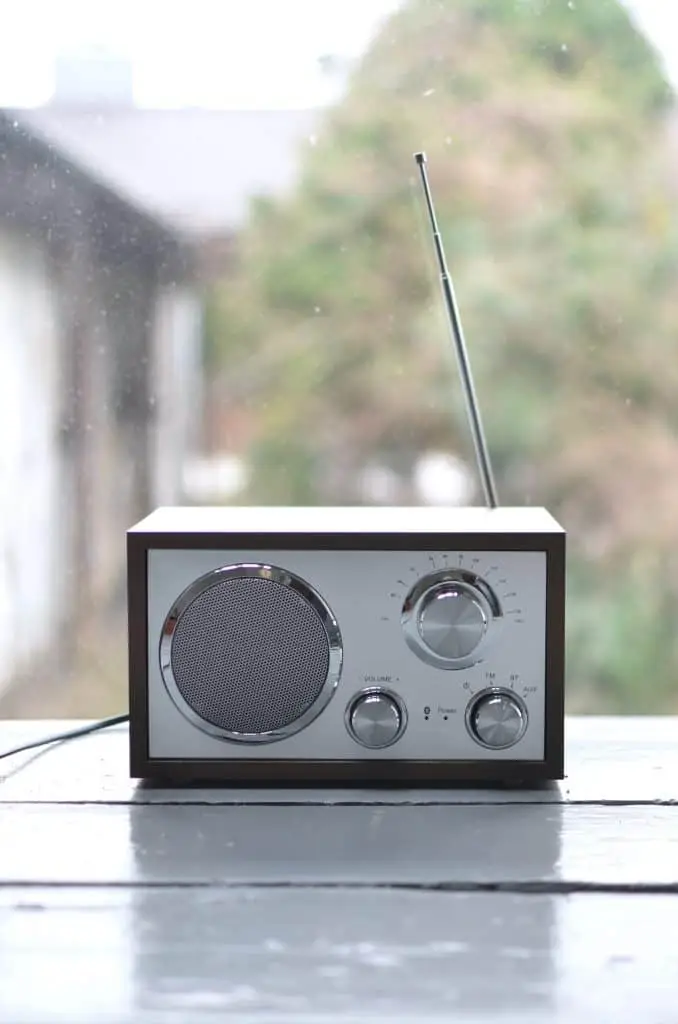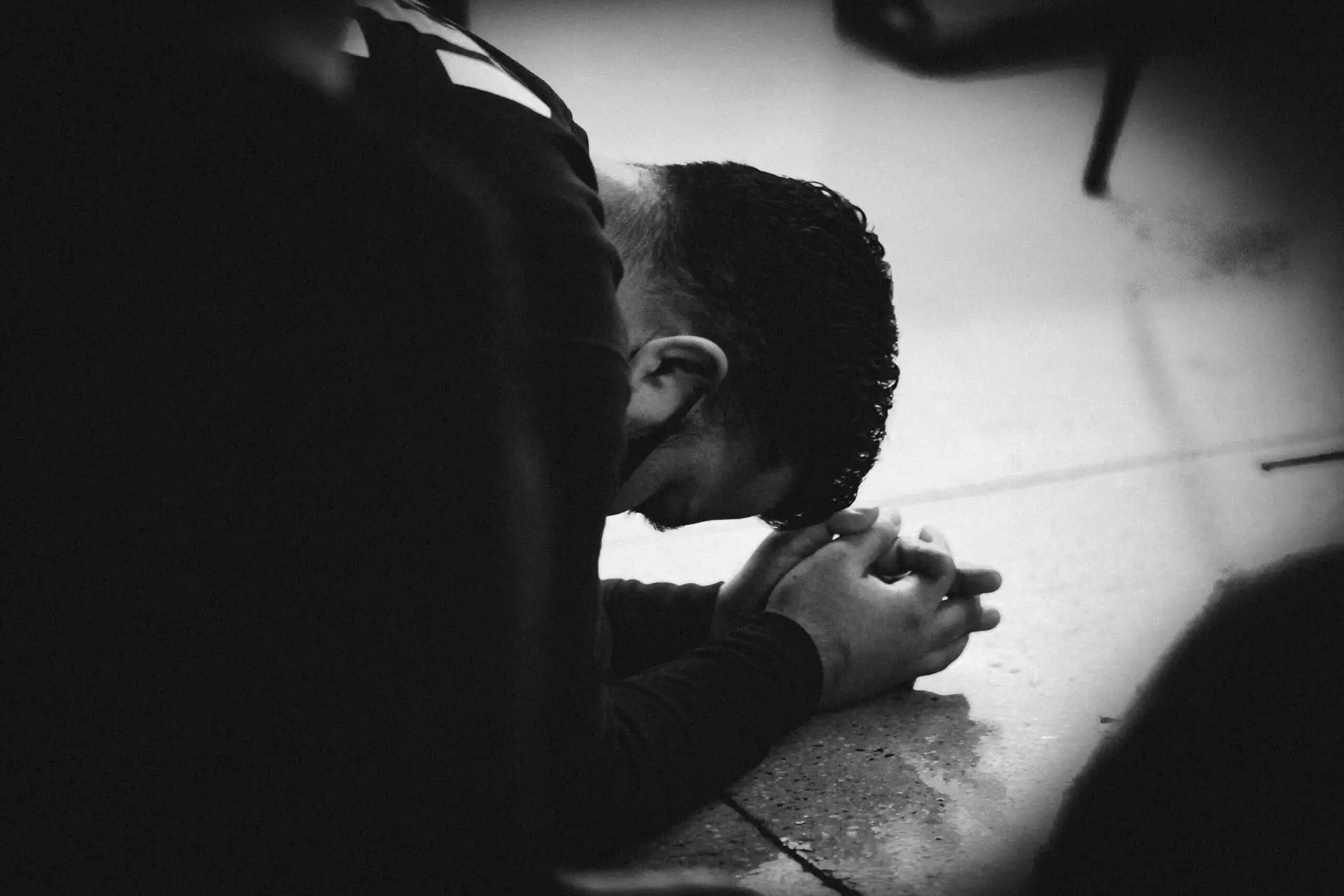Just like in life, either we are in the middle of a storm season, leaving a storm season, or about to enter a new one. Sometimes these storms are problems that life throws at us and sometimes, they are literal storms, tornados, or floods! With Spring around the corner, I wanted to make sure that my home is prepared to be alerted for severe weather. I researched the best weather radios and apps and am sharing this potentially life-saving knowledge with you!
A Weather Radio Vs. A Severe Weather App
Yes, I already have a weather app installed on my phone as you probably do. The alerts have also been very helpful in the past to let me know when severe weather could impact me. I do not recommend removing the weather app in place of a weather radio but double up your protection by using both. We will discuss the best weather apps later in the blog, but consider these potential problems with relying solely on your phone for severe weather updates:
- A prolonged power outage could lead to low battery life on your phone.
- Cell service towers could be damaged in a storm.
- If you are not in close proximity to your phone to receive the alert (I realize in this day and age this may not be likely but it could apply!)
Important Features to Look For in A Weather Radio
If severe weather strikes we need to know as early as possible so we can protect ourselves and our families. A weather radio can help in alerting us when severe weather is near our location. Even minutes can make a difference. In my research, I found that these are the most important and appreciated features of weather radios on the market.
- An NOAA weather radio or one that specifically says it gives NOAA weather radio alerts.
- The option of charging the battery via solar power. Once the severe weather has lifted you may find yourself without power. Solar power would enable you to charge your radio and still receive important updates from official sources.

- The option of charging the battery via a hand crank. This would allow you to have renewed battery power anytime.
- Flashlight option, the strength of flashlight beam, and how long the battery can provide that light. Having a flashlight can be incredibly helpful during catastrophes. Choosing a weather radio with a flashlight built-in would be wise. Be sure to research how long the battery can sustain the flashlight, how strong the light is, and options for recharging via solar or a hand-crank. Some models can sustain a flashlight for only 10 minutes and others 30 minutes or longer before the battery needs to be recharged.
- Weight of the radio if you are using the flashlight function. How does the radio feel in your hands? Is it heavy or manageable? Think about how it would feel to carry it around if you need to escape and/or use the flashlight function for a while. A heavy radio would be very difficult to carry for long periods of time.
Recommended Weather Radios
This article from the New York Times lists several models of weather radios available in your local box stores and online. They give details of each and several models were even tested by a former medic. They took into account all the factors we mentioned above and also considered price. The severe weather radio they rated highest was the Midland ER210. It comes with NOAA alerts, has a flashlight, both a solar and crank battery option, is lightweight, and costs about $50.
The Most Recommended Weather Apps
There are so many severe weather apps out today that it may be hard to choose the one that is best for you. Family Handyman has a great post that highlights all the pros and cons of the different apps. The first one listed is by the American Red Cross and it came highly recommended by those with a passion for disaster preparedness. The first five listed are free and available for both apple and android phones.
Some things to consider when choosing a severe weather app are:
- Alert speed (how much of a delay between the official announcement and when you are alerted)
- Alert radius (Can you specify a radius or is it set according to your set up location)
- How much information you would like to know (maps and radar vs just the warnings)
- Does the app tie you to a specific location or does it moves with you? If you travel a lot then it would be great if the locations easily updated with your device.
I downloaded the “Emergency Alerts” by the Red Cross on my iPhone. I liked that I could set up multiple locations for alerts on it. I set up my house (of course) but also my husband’s workplace in the next county, and my parents’ house 3 hours away. It did notify me of the severe thunderstorm and flash flood watch in place but I have not had a true warning come through yet.
Be Proactive
No matter which route you choose in securing your severe weather alerts, the most important thing is that you are alerted! Minutes can be the difference between life and death with severe weather. The more time you have to get your family, your pets, and yourself to safety the better your chances are of no harm. A little preparedness goes a long way!
Do you have any tips on being prepared for severe weather? We would love to hear what you have planned to protect yourself and your family!









